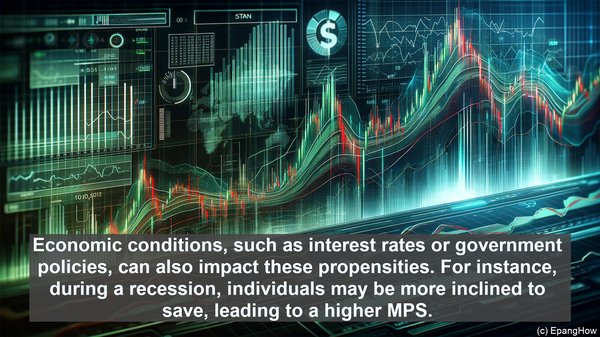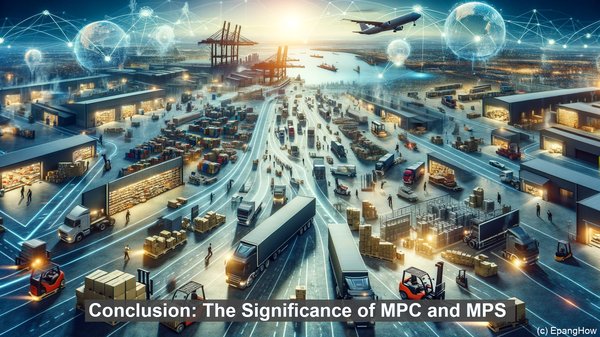Introduction: The Building Blocks of Consumption and Saving
Hello everyone! Today, we’re going to explore the intricate world of economics, focusing on two essential concepts: the marginal propensity to consume and the marginal propensity to save. These terms are fundamental to understanding how individuals and households allocate their income. So, let’s dive in!

Defining the Marginal Propensity to Consume (MPC)
The marginal propensity to consume, often abbreviated as MPC, refers to the proportion of an additional unit of income that an individual or household spends on consumption. In simple terms, it measures the increase in consumption resulting from a rise in income. For instance, if someone’s MPC is 0.8, it means that they spend 80% of any additional income they receive.
Unpacking the Marginal Propensity to Save (MPS)
On the other hand, the marginal propensity to save, or MPS, represents the proportion of an additional unit of income that an individual or household saves rather than spends. It is essentially the flip side of the MPC. Using the previous example, if the MPC is 0.8, the MPS would be 0.2, indicating that 20% of the additional income is saved.
The Relationship: MPC + MPS = 1
One crucial aspect to note is that the MPC and MPS are complementary. In an economy, the total income is either consumed or saved. Therefore, the sum of the MPC and MPS always equals 1. This relationship is a fundamental principle in economics and has far-reaching implications.
The Multiplier Effect: Amplifying Economic Impact
The concepts of MPC and MPS are not just theoretical constructs. They have significant real-world implications, particularly in terms of the multiplier effect. The multiplier effect refers to the magnification of changes in spending or investment, leading to a larger overall impact on the economy. A higher MPC means a larger multiplier, as more income is channeled into consumption, creating a ripple effect of increased demand and economic activity.
The Role of MPS: Balancing Consumption and Investment
While the MPC drives immediate consumption, the MPS plays a vital role in long-term economic stability. When individuals save, their funds are often channeled into investments, such as stocks, bonds, or even starting a business. These investments, in turn, contribute to economic growth, job creation, and overall prosperity. Thus, the MPS acts as a bridge between current consumption and future investment.

Factors Influencing MPC and MPS
Various factors shape an individual’s MPC and MPS. Income level is a significant determinant, with lower-income households often having a higher MPC, as their immediate consumption needs are more pressing. Economic conditions, such as interest rates or government policies, can also impact these propensities. For instance, during a recession, individuals may be more inclined to save, leading to a higher MPS.
